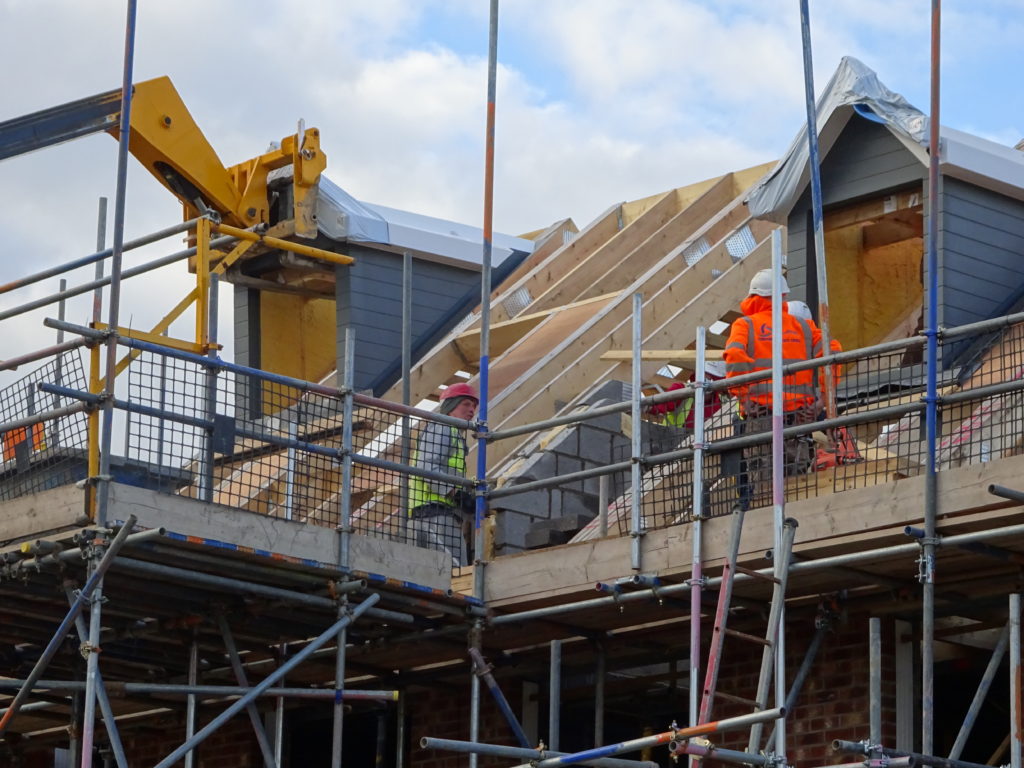
The solution to a housing crisis of affordability is – we are told – to build more homes.
Housing economists agree, however, that we would need to build an unprecedented number of houses to have any effect on prices in the housing market as a whole.
We would need to build more than double the number currently being built. We would need to build more than the private house-building industry has ever built before (except for a short time back in the 1960s).
And even if we do manage to build this unprecedented number of homes, any impact on price will depend on the house-building industry transforming itself and its supply chain so that it becomes much quicker to respond to demand – more responsive, in fact, than it has been for a very long time. And even then, any change in price would need at least ten years to take effect. And prices would not fall, they would just stop rising as steeply.
Wouldn’t it be simpler and more direct to build houses that were already affordable?
And this is where it gets interesting. Because according to the economist Kate Barker, whose 2004 report for government set the pattern for everything that has come since, in order to effect prices in the housing market, you have to build market houses.
Barker did not consider the impact on market prices of building outside the market – in other words – of building council housing or social housing.
And yet, according to the housing theorist Jim Kemeny an enhanced programme of council house building would have the effect of stabilising prices in the private housing market. In his 1995 book From Public Housing to the Social Market, Jim Kemeny studied the economic effects of council housing in the UK and the European model of cost-rental – a name that describes homes built without profit and distributed on the basis of need not ability to pay. His analysis demonstrates that a mature not-for-profit housing sector has the effect of stabilising prices in the home ownership and private rented sector.

Figure 1 is a well-known graph that illustrates what happened to the total supply of new housing when the UK council house-building programme was stopped in the 1980s. Up until the 1970s the country was building at least 100,000 really affordable homes – on top of the usual number built by the private sector – and distributing them on the basis of need.
What figure 1 also shows – and this point is not often made – is that when we were building around 100,000 council homes a year in the UK, the price of housing in the private sector remained constant and relatively low.
It was only when we stopped building mass council housing, that the price of market housing took off on its inflationary ascent and went into its cycles of boom and bust.
I don’t want to get too nostalgic here but I think we need to be clear that the housing crisis we face is one of affordability.
And when economists say housing is unaffordable because we haven’t been building enough houses – they mean market housing.
But housing is unaffordable because we haven’t been building enough affordable housing. We have not been building enough homes to meet housing need, and we have failed to ensure that everyone who needed a home got one at an affordable price.
The solution to the housing crisis is not building more private market homes. The solution is to build and distribute homes more fairly.
